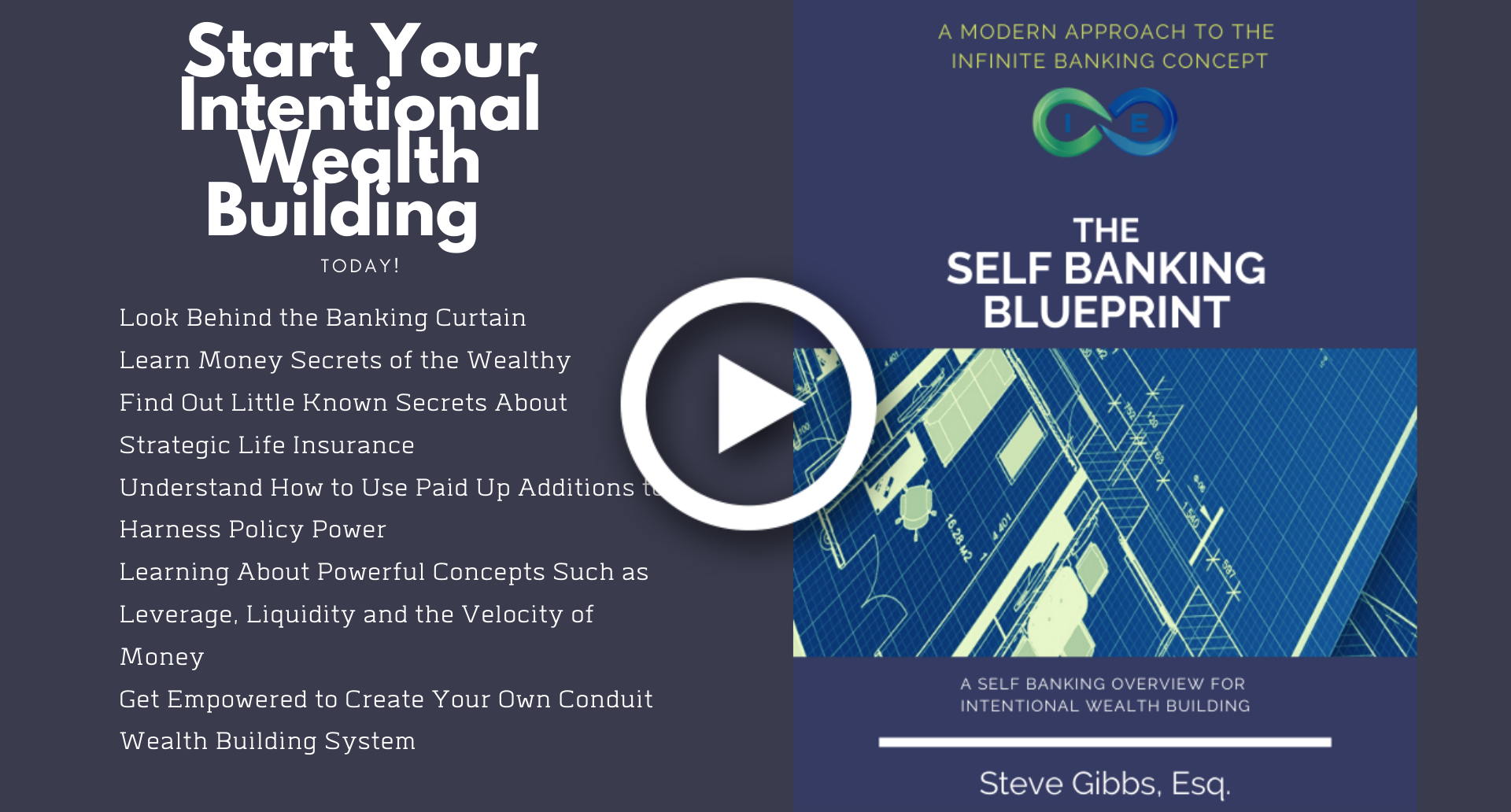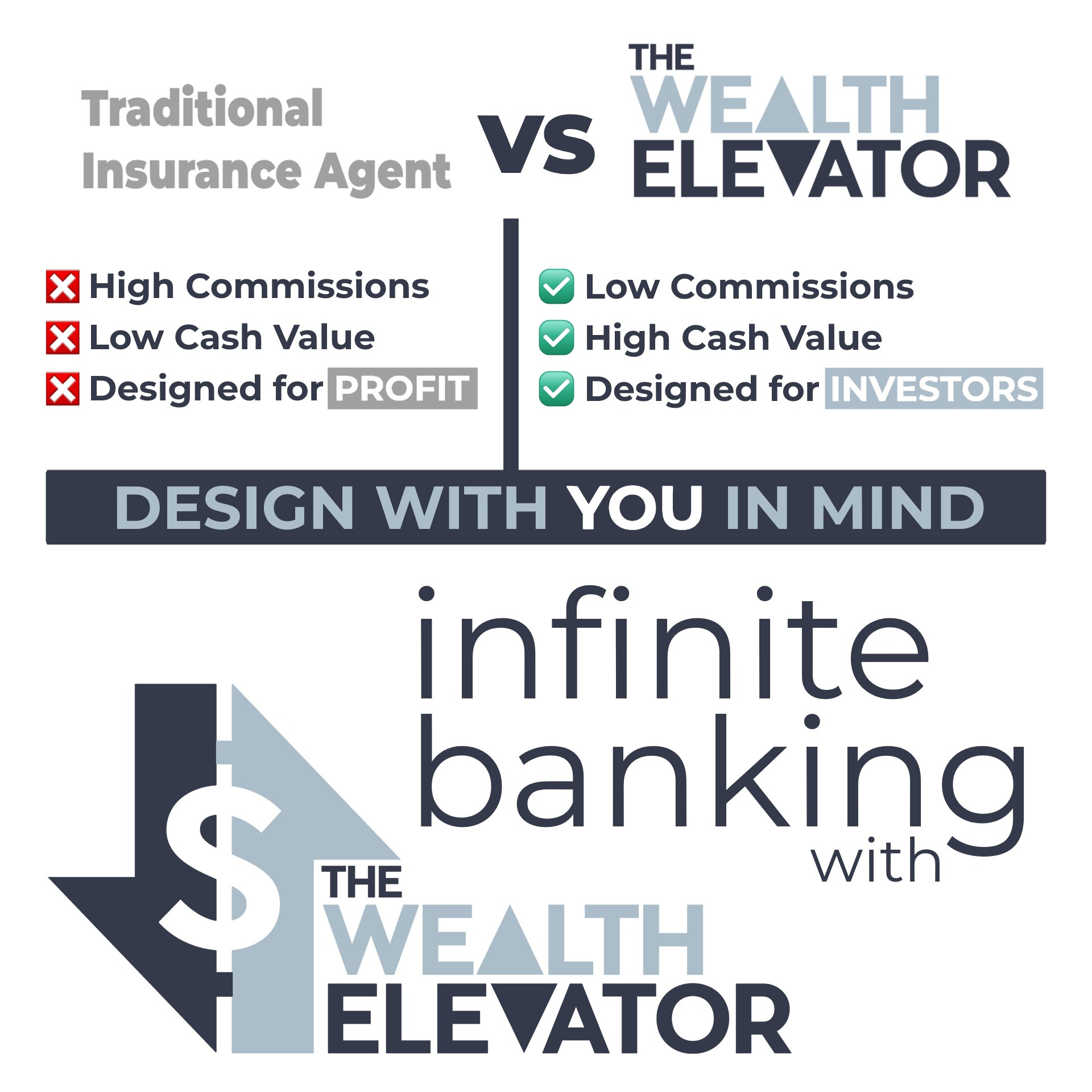All Categories
Featured
Table of Contents
Okay, to be fair you're truly "financial with an insurance provider" instead of "financial on yourself", however that principle is not as simple to sell. Why the term "boundless" financial? The concept is to have your money working in multiple areas at when, instead of in a single area. It's a bit like the concept of buying a house with cash money, after that borrowing versus the home and placing the cash to function in one more investment.
Some people like to talk regarding the "velocity of money", which primarily means the very same point. That does not imply there is nothing beneficial to this principle once you get past the marketing.
The whole life insurance policy market is afflicted by extremely expensive insurance coverage, massive commissions, unethical sales methods, low prices of return, and badly informed clients and salespeople. If you want to "Financial institution on Yourself", you're going to have to wade into this sector and really get whole life insurance policy. There is no replacement.
The guarantees integral in this item are essential to its feature. You can obtain against the majority of types of money value life insurance policy, but you shouldn't "financial institution" with them. As you purchase a whole life insurance policy plan to "bank" with, bear in mind that this is a completely separate area of your monetary strategy from the life insurance policy section.
Purchase a large fat term life insurance policy policy to do that. As you will see below, your "Infinite Financial" plan actually is not mosting likely to reliably give this essential financial feature. One more problem with the fact that IB/BOY/LEAP relies, at its core, on a whole life plan is that it can make purchasing a policy troublesome for a number of those interested in doing so.
Life Insurance Infinite Banking
Harmful hobbies such as diving, rock climbing, skydiving, or flying likewise do not blend well with life insurance items. The IB/BOY/LEAP supporters (salespeople?) have a workaround for youbuy the plan on a person else! That might function out fine, considering that the point of the policy is not the survivor benefit, yet keep in mind that getting a policy on minor kids is extra costly than it must be because they are usually underwritten at a "typical" price as opposed to a preferred one.

Many plans are structured to do one of 2 things. A lot of typically, policies are structured to take full advantage of the compensation to the representative marketing it. Negative? Yes. Yet it's the truth. The commission on an entire life insurance policy policy is 50-110% of the very first year's premium. Sometimes policies are structured to take full advantage of the survivor benefit for the costs paid.
With an IB/BOY/LEAP plan, your goal is not to make the most of the death advantage per dollar in premium paid. Your goal is to optimize the cash value per dollar in costs paid. The rate of return on the plan is extremely vital. One of the most effective methods to take full advantage of that aspect is to obtain as much cash money as possible into the policy.
The best method to boost the price of return of a plan is to have a relatively little "base plan", and then put more cash money right into it with "paid-up additions". With more money in the policy, there is even more money worth left after the costs of the fatality benefit are paid.
An additional advantage of a paid-up enhancement over a regular premium is that the compensation price is reduced (like 3-4% rather of 50-110%) on paid-up additions than the base plan. The much less you pay in compensation, the higher your rate of return. The rate of return on your cash value is still going to be adverse for some time, like all cash worth insurance coverage policies.
Yet it is not interest-free. As a matter of fact, it may cost as high as 8%. A lot of insurance policy business just use "direct acknowledgment" lendings. With a straight recognition finance, if you borrow out $50K, the dividend rate related to the money value annually only puts on the $150K left in the plan.
Your Own Bank
With a non-direct acknowledgment funding, the firm still pays the same returns, whether you have "borrowed the money out" (technically against) the plan or not. Crazy? Why would certainly they do that? Who recognizes? However they do. Commonly this feature is paired with some much less advantageous aspect of the plan, such as a reduced reward price than you may obtain from a policy with straight acknowledgment lendings (cibc visa infinite online banking).
The business do not have a resource of magic free money, so what they give up one place in the plan should be extracted from one more area. If it is taken from a feature you care less about and place right into a function you care a lot more about, that is an excellent thing for you.
There is another vital attribute, usually called "laundry lendings". While it is wonderful to still have returns paid on money you have actually gotten of the policy, you still have to pay rate of interest on that financing. If the dividend price is 4% and the lending is charging 8%, you're not exactly appearing in advance.
With a laundry car loan, your lending rates of interest coincides as the returns price on the plan. While you are paying 5% rate of interest on the funding, that interest is completely countered by the 5% reward on the lending. So in that regard, it acts much like you took out the money from a bank account.

5%-5% = 0%-0%. Same very same. Hence, you are now "financial on yourself." Without all three of these factors, this policy merely is not mosting likely to work quite possibly for IB/BOY/LEAP. The largest issue with IB/BOY/LEAP is individuals pressing it. Almost all of them stand to make money from you purchasing right into this concept.
There are lots of insurance coverage representatives talking about IB/BOY/LEAP as an attribute of whole life that are not really offering plans with the essential features to do it! The problem is that those that recognize the concept best have a large problem of interest and generally blow up the benefits of the concept (and the underlying plan).
What Is Infinite Banking
You need to compare loaning against your policy to withdrawing money from your cost savings account. No cash in cash money value life insurance policy. You can place the money in the bank, you can spend it, or you can acquire an IB/BOY/LEAP plan.
It expands as the account pays interest. You pay taxes on the passion every year. When it comes time to get the boat, you take out the cash and get the watercraft. You can save some even more money and placed it back in the banking account to start to earn interest once again.
It expands for many years with capital gains, rewards, rental fees, etc. Several of that earnings is strained as you accompany. When it comes time to get the watercraft, you sell the investment and pay tax obligations on your lengthy term capital gains. After that you can save some even more money and get some more financial investments.
The cash value not made use of to spend for insurance policy and payments grows for many years at the returns rate without tax drag. It starts with adverse returns, but with any luck by year 5 or so has broken also and is growing at the reward price. When you most likely to purchase the boat, you borrow versus the policy tax-free.
What Is Infinite Banking Life Insurance
As you pay it back, the cash you repaid begins growing once again at the reward rate. Those all work quite in a similar way and you can contrast the after-tax prices of return. The 4th alternative, nevertheless, functions really differently. You do not save any money neither acquire any type of type of financial investment for many years.
They run your credit scores and provide you a loan. You pay rate of interest on the obtained money to the financial institution up until the finance is repaid. When it is repaid, you have a nearly useless watercraft and no cash. As you can see, that is nothing like the first three choices.
Latest Posts
Direct Recognition Life Insurance Companies
How To Be Your Own Bank In Just 4 Steps
The First Step To Becoming Your Own Banker